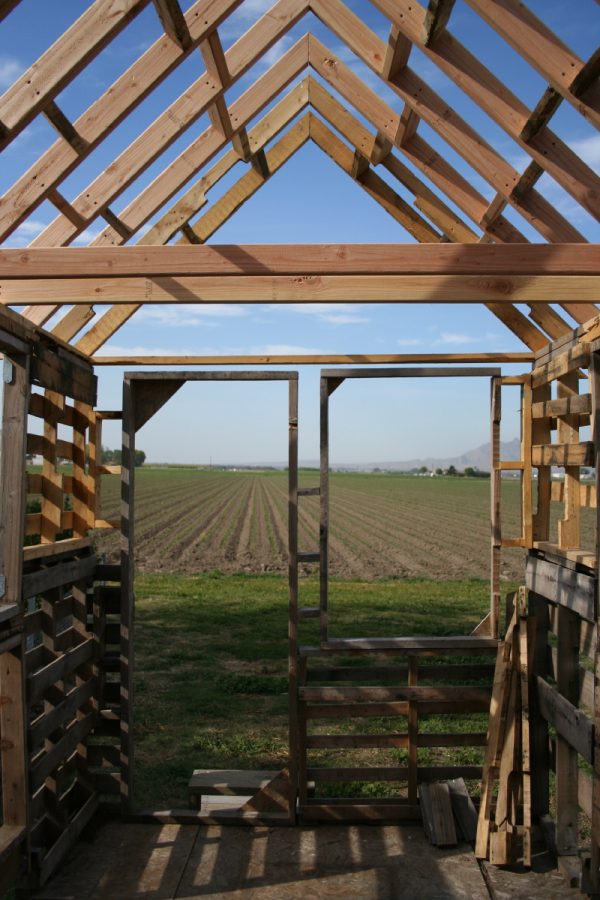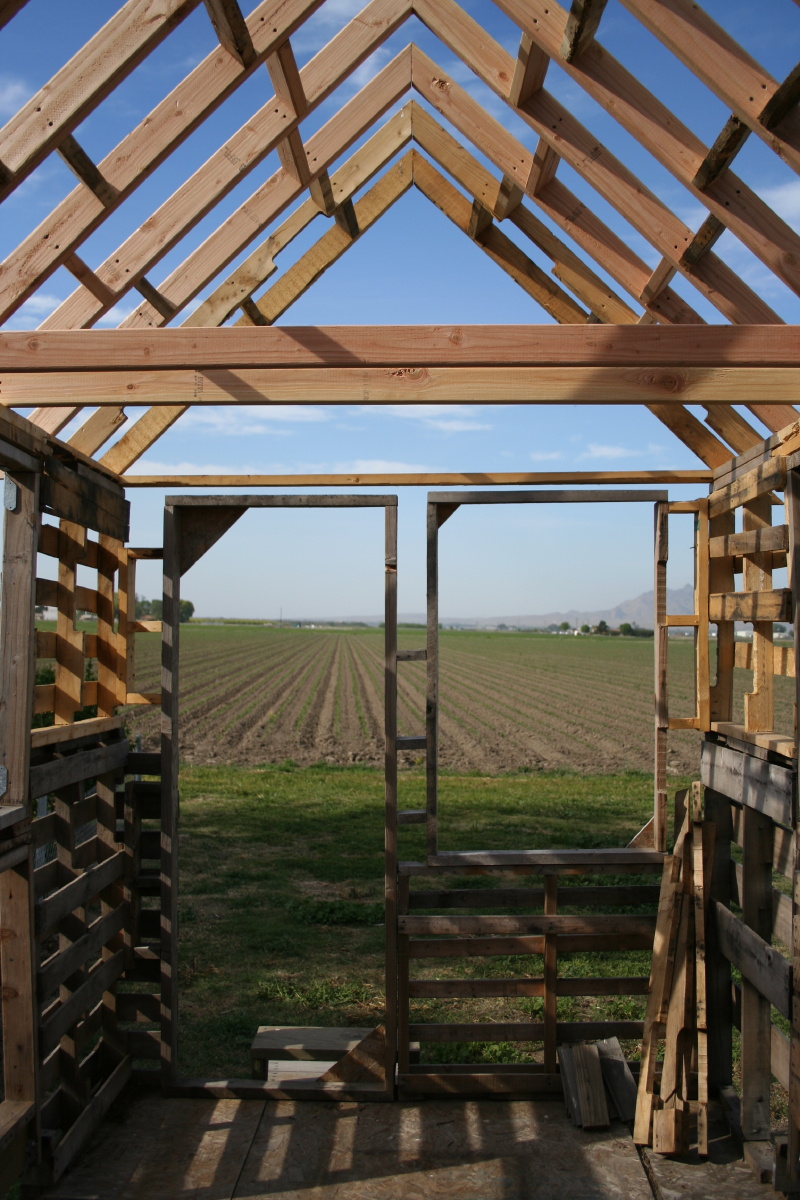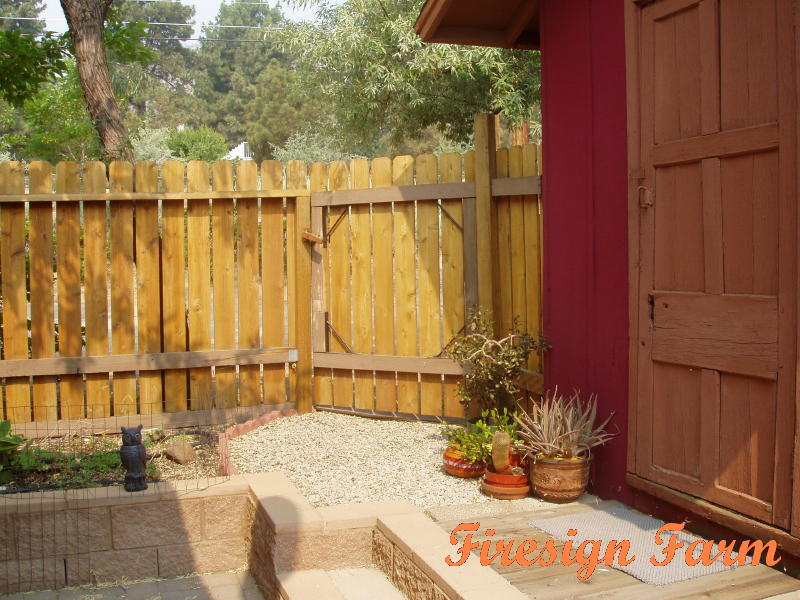 On 12/12/12 the Federal Reserve announced QE4 (Forbes). I guess they weren’t seeing enough impact from QE3, which was printing $40 billion a month to buy mortgage backed securities. Now they’ve more than doubled that bet by promising to print $85 billion a month until unemployment is under 6.5%. You might be asking…
On 12/12/12 the Federal Reserve announced QE4 (Forbes). I guess they weren’t seeing enough impact from QE3, which was printing $40 billion a month to buy mortgage backed securities. Now they’ve more than doubled that bet by promising to print $85 billion a month until unemployment is under 6.5%. You might be asking…
- What is QE? Quantitative easing is a extreme measure used a central bank to stimulate an economy. Literally speaking the central bank creates new money to buy assets, in this case the Fed will be primarily buying treasuries issued by the U.S. Government. In other words they are taking extreme measures to protect the value of the U.S. Dollar by buying the paper that backs it – which ironically technically devalues it.
- Why should we care? It’s a sign that things are going very badly for the economy. Since most folks have bought into the current paradigm lock stock and barrel its understandable why the powers-that-be are taking such measures. Today it’s considered normal to live in perpetual debt, commute long distances to work for multi-national corporations, rely on the steady supply of goods from overseas, an so on. That doesn’t sound ideal but these are realities of the current paradigm. Well folks… the current paradigm is fatally flawed and a paradigm shift of some kind is on the table. I can say this with certainty because we see evidence everyday that the powers-that-be are prepared to do anything to protect it. There’s no way to know how long these extreme measures will work but one thing is for sure, big change is needed to fix it or it needs to be replaced.
- What does this have to do with tiny houses? Everything. Beyond being adorable functional homes, tiny houses represent an idea – that extreme downsizing doesn’t have to mean hardship. Extreme downsizing by choice, or even the mental preparation to downsize, is a step away from the current paradigm and toward a better one, one that doesn’t have to require going into debt. It’s the realization that there is another way to live with dignity and comfort.
At this point I think the 2007-2008 recession never ended and was only bandaged-up, and I’m in good company (Forbes). Most of the evidence comes in the form of monetary policy, as it’s the most publicly visible. Some say that market rigging like the Libor scandal and high frequency trading also show signs that the powers-that-be will do anything to protect the current paradigm. But looking at the crimes committed to protect the current paradigm shifts our attention away from what we can do to move to a new one.
Make a Plan for a Paradigm Shift
For a moment lets say we knew for a fact that the way things are today will change. What would we do? I’m going to suggest we begin by looking at the things we rely on today, and then build a plan that helps account for rising costs and availability reductions. Here’s a quickly brainstormed list of things we rely on in no particular order:
- Paycheck
- Rule of law
- Affordable transportation
- Ability to borrow money
- Ability to pay rent and mortgage
- Uninterrupted global supply chain
- Affordable energy to heat and cool our homes and workplaces
- Municipal services like water, sewer, and trash
- National security
These are also the things that the powers-that-be are working tirelessly to protect – which on the surface is a good thing. But we also know that these these things may be difficult to maintain indefinitely under the current model.
So any step we each take to account for each of these things is a step toward a new paradigm. This approach doesn’t require that you walk-away from how you live today, it actually leverages how you live today and allows you to begin paving a path to another kind of future.
So here is quickly brainstormed list of things we can do to account for the rising costs and the reduction in availability of the things above:
- Paycheck – Lower living costs and build alternative income streams. Take your hobbies, expertise, experience, and skills, and begin finding ways of making them available to others. Peer to peer commerce is a very small entrepreneurial step each of us can begin augmenting our paychecks.
- Rule of law – Improve physical home security, reduce vulnerabilities, build connections with neighbors, and stay vigilant. No matter how high or low the crime rate goes, working toward improving your personal security is always sound advice.
- Affordable transportation – Downsize your vehicle and length of commute. If you plan to move include the walkability in your decision making process.
- Ability to borrow money – Reduce spending to a level where borrowing is not needed. Diversify savings in tangibles (food, gold, silver, land, tools, etc) and intangibles (paper financial investments, savings accounts, retirement accounts, etc). Pay down and eventually eliminate debt.
- Ability to pay rent or a mortgage – Downsize and bring housing expenses to a more easily manageable level, and/or build a tiny house backup plan.
- Uninterrupted global supply chain – Shop locally and discover local producers of food, goods, and services – in other words shop with those those that don’t currently rely heavily on transportation to bring those good to market.
- Affordable energy to heat and cool our homes and workplaces – Downsizing helps tremendously here since it’s cubic feet of space you must heat and cool. Learning to live more frugally can also provide added protection.
- Municipal services like water, sewer, and trash – Reducing consumption, increasing recycling, and learning how to manage waste yourself can reduce your reliance on these services.
- National security – We might assume that this is the job of the government. But I’m going to argue that it’s a citizen’s responsibility. The more of us that choose to live within our means, improve our own self-reliance, and prepare for uncertainly, the more secure our nation (and economy) becomes.
Now just image… if the majority of us lived in sustainable homes without debt & mortgages, had diversified incomes and savings, worked in the communities we lived, and had the means to ensure our own personal safety, would there be a problem at all?
The paradigm shift is a shift in thinking. Think tiny.



I hung on to a job I hated just long enough to pay off my little chunk of land and become totally debt free. My mobility was going down the tubes so I knew it would probably be the last good paying job I was likely to have and though I had hoped to hang on long enough to save up for a tiny house it didn’t quite work out. Now that I’m on a disability pension it’s harder to save but I’m almost there. Being debt free is such a fantastic place to be, even with my limited income and crummy mobility I feel so happy and full of possibilities. Sometimes it takes some major sacrifices and temporary unpleasantness to achieve but it is well worth it. It’s like putting a solid foundation under your dreams and is an excellent place to start.
Very nicely said. What I find very interesting is how they define inflation today. Inflation; noun, A general increase in prices and fall in the purchasing value of money. What they are leaving out is the cause in todays dictionaries.
To find the cause you will have to look in the older dictionaries (20 plus year old at this point) Inflation is cause by a loose Monetary Supply. And that is what we are seeing in the US right now. We are seeing a house made of cards that is going to come crashing down it’s only a matter of when. China holds 4 out of every 10 dollars the Congress is spending but if you dig a little you find it’s closer to 5 or 6 dollars.
You look at the jobs numbers and you say oh this is good. But if you really look at the numbers you find 2/3 of those jobs are government jobs not private sector jobs. The high Government spending like we have now strips the private sector of funds to grow and make jobs.
Excellent post.
Sadly too few are even awake to what is happening. The chance for an easy transition is slipping away and probably gone. The correction will likely be difficult for most.
We are conditioned to believe what we have is sustainable and that technology will save us. We’ve been insulated from the lifestyle that the vast majority of world’s population experiences every day. The connection to our communities, our food and even our families has been severed. I don’t expect we’ll see and orderly transition.
Barring some ‘Black Swan” event I suspect the financial shenanigans will prop up this economy of fraud for a while more. With any luck more will awaken and take action to live a more self reliant and sustainable lifestyle.
Your premise for a major and necessary paradigm change are sound and evident if we take the time to understand the economic/monetary concepts utilized. I am certainly an advocate for “smaller is beautiful” and better, and I am making the first efforts in that tiny house direction. However, until I see how some Tiny House advocates address the high per square foot costs of building as compared to the convential per square foot building costs, i.e. the cost per square foot of building say one of Jay Shafers Tumbleweed Tiny Homes, i.e. The Fencl @ 130 sq. ft. And a build it yourself est cost of $23k, which calculates to a $177 per sq. ft cost with the national avg. conventional building style of 1,500 sq.ft. plus homes, with plans for such a tiny home being charged at $89.99/mo. for 12 mos. for a whopping cost of $1, 079 USD, which I personally consider obnoxiously exhorbitant. It’s not difficult math. Please know that I’ m extremely grateful for him being the main poster person/advocate for this very valuable paradigm change and all his time and effort devoted to this valuable concept/choice, yet I just don’t appreciate his valuation of his work when we are in a crisis as a country with so many people have earning less income than ever. On top of this we still have a long way to go in getting this habitat style recognized by lending institutions and site/occupation approval municipal department personnel. Town and Country Plans and Sheldon Designs have many plans for similar sized living spaces at a much more realistic and favorable cost. Plus we are talking about the fact that there are families of 4 or more than need to be factored in to “the equation” who will likely benefit from such downsizing, yet are not readily acknowledging of this paradigm and space reduction reality.
So my fellow Tiny Home followers, builders and designers, let us come together to address the issues stated and lead ourselves to the preferable land of sane sustainable small habitat living. Let us not wait till there is drastic and chaotic economic collapse, let us be culturally creative and defiant role models (Thank you H.D. Thoreau) and guides for this new and needed way of life. Peace and Blessings to all on your Journies.
YES!!! This is exactly where I am headed in my life. Every point you mentioned is what I am working on. I got rid of my car and now only ride a scooter (in the winter I take the bus). I am planning on selling my big mortgage (i mean house) and living in an RV until i can build my own tiny house from salvaged materials. I am going to have a big garden, chickens, and honey bees. I am getting out of this crazy rat race living that is going to leave me poor and homeless in my old age if I continue down this path. Thanks for the great article.